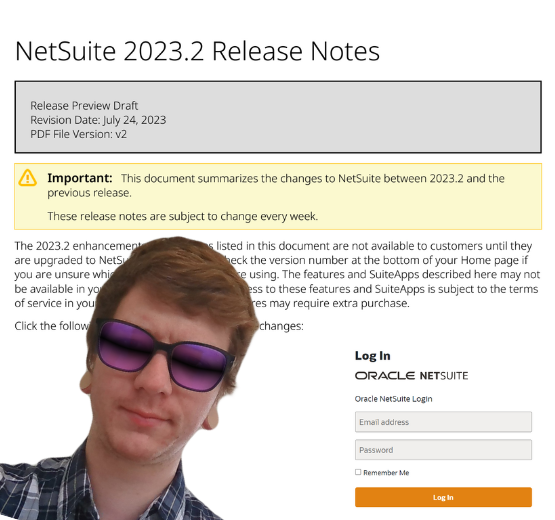As Microsoft Dynamics 2011 Customer Relationship Management (CRM) comes to the end of its product life in July, businesses using this system should consider the benefits of a migration to Microsoft Dynamics 365. While security and seamless updates can be a major consideration of any software use – and would be a significant benefit of migration – the features offered by D365 in comparison with the now decade-old version offers infinite functionality.
And for a company wanting to compete in today’s competitive landscape, where customer experience is valued over price and even product, having the latest CRM features should be a top priority. With recent research highlighting that 86 per cent of buyers are willing to pay more for a great customer experience, the dawn of the new customer must be hailed and indeed catered for.
Navigation improvements keep customer data in the frame
When using a CRM system, having customer data available, easily accessible and most importantly, prominent, is crucial. Whereas in MS CRM 2011, the navigation pane provides the window to customer data, a streamlined, navigation in D365 CRM enables more room for customer data within the window. This redesign offers better functionality and opportunity for efficiencies through speedier working processes, facilitated by the navigation enhancements.
Drilling down into work areas easily and quickly, and without distractions from other work areas, can really boost productivity, with less clicks and windows to open. The interface updates to the work area dashboards in D365 CRM means it doesn’t matter whether a user needs to access Sales, Marketing, Service – or any other of the Dynamics First Party Apps – the menu of apps is a click away from the top navigation bar. Having just the tools relevant to that area then loaded into the side navigation negates distractions and switching between the apps and areas is just a tap away.

Heightened tools and records access
The intuitive navigation bar showing record types in D365 CRM – from accounts and contacts to leads and opportunities – means users can quickly access these. The bar will show the most used record types, further heightening efficiency. Once in the record type, commands are equally accessible and relevant to the record being worked on. These include commands such as delete, phone call, run report or new record – but for any commands not shown on screen, a ‘more commands’ icon will reveal a plethora of others. When users take a break, or move to another task, they can easily get back to exactly where they were working before to pick up where they left off with the click of a ‘tile’.
Other information relevant to the record bring viewed or worked on can be easily navigated to – so if a user needs to see information about the record in accounts or leads, to check status of those, this is also just a case of clicking a button to get the related information.
Saving record changes and additions is now also done automatically – by default, the system saves at 30 second intervals, or when the user navigates to a new record. Saving a record will only apply to new records being created.
The importance of seamless CRM
Digital transformation has spurred an entire customer revolution, where experience is valued highly by customers. So, understanding and having a 360-degree view of key players and their roles in opportunities is important. Having the functionality to add new data fields in records means that documenting important points such as that a prospect is interested in being contacted at a later date, or could be interested in ordering after following up with his/her colleagues, means opportunities aren’t lost and key decision makers are tracked. Intuitive record viewing and accessing makes the action seamless.
Guided business process flows allow businesses to stipulate stages for working with a customer, so employees executing the process can work through it quickly and easily, in a uniform way.

Of course, D365 is a cloud-based solution, so the system can be accessed by users on any device – mobile or desktop – anytime and anywhere. The benefits of this are infinite, especially in a world where remote working is looking like one of the consequences of Covid-19 that is here to stay.
Increasing the speed and competency of communication as well as optimising management of customer data and relationships, is crucial in a landscape where customers have increased choices. Having a CRM system that offers heightened functionality, in turn helping the business to enhance customer service, is an obvious move. It’s clear to see that a migration to Microsoft Dynamics 365 from Microsoft Dynamics 2011 can create real benefits to any organisation.
Need further information on how you can migrate to Microsoft D365 CRM? Get in touch with our experienced consultants now.
Keep reading

What is a NetSuite implementation partner? How do you choose one?

Technology fit for total customer service in 2024

Retail and wholesale distribution: how to improve supply chains

Ditching Sage 1000: what you need to know from businesses that have done it

6 ways AI-ready Microsoft Dynamics 365 helps chartered associations serve members

6 retail and wholesale distribution challenges and how NetSuite solves them

The most exciting features in Microsoft Dynamics 365 2023 Release Wave 2

How to manage a new NetSuite Release: one expert's update process

What’s in NetSuite Release 2023.2?

